Modern appliances are more high-tech and stylish than ever, but that doesn’t always mean they’re better. Many of the fancy features that look impressive in showrooms are also the most prone to malfunction. When they break, they’re often expensive and complicated to repair—sometimes requiring a full replacement. In some cases, the very innovations designed to make life easier end up causing more stress than they’re worth. Before you splurge on the latest bells and whistles, it’s worth knowing which ones tend to fail first.
1. Touchscreen Controls
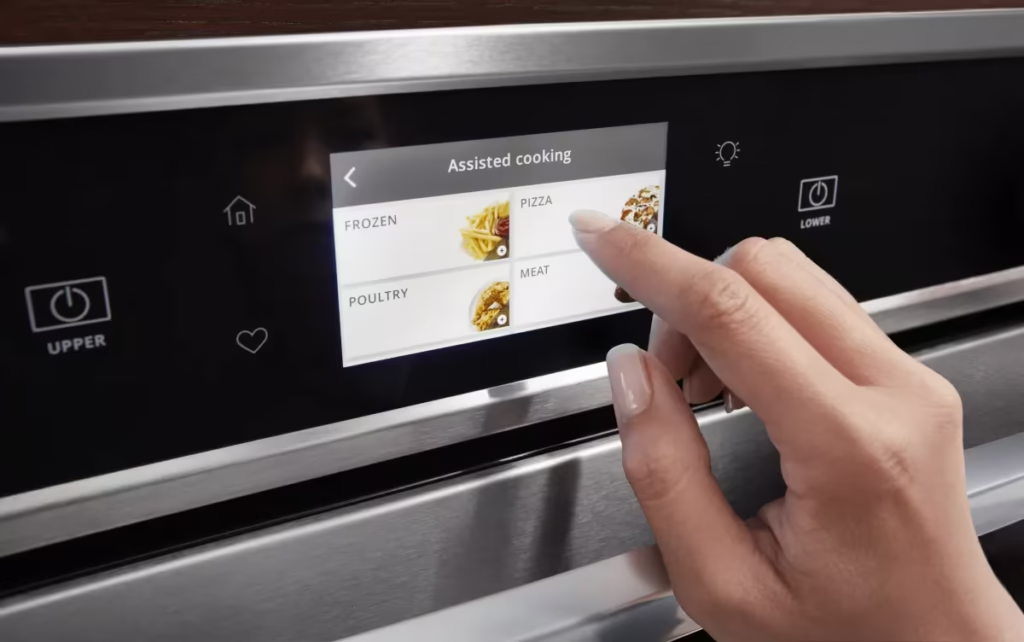
According to Consumer Reports, touchscreen panels on refrigerators, ovens, and dishwashers are among the most common components to fail early. While they offer a sleek, modern look, they’re highly sensitive and often stop working due to moisture, heat exposure, or software glitches. Replacing a faulty panel can cost hundreds, and sometimes the entire control board needs to be swapped out. When the screen goes, you may lose access to essential functions like temperature control or cooking settings.
Even minor issues with touchscreen calibration can render the appliance frustrating or unusable. Many users also report that these screens become less responsive over time. Physical buttons, while less trendy, tend to be far more durable. If reliability matters more than appearance, you might want to skip the screen altogether.
2. Wi-Fi Connectivity
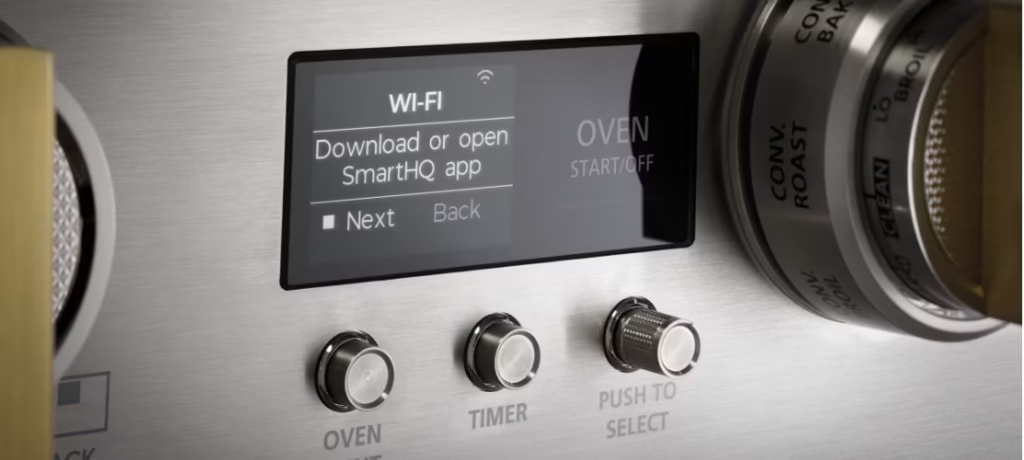
As noted by Houzz, Wi-Fi-enabled appliances are often marketed for convenience, allowing remote control from your phone or integration with smart home systems. However, these features are rarely as smooth or reliable as advertised. Connectivity issues are common, firmware updates fail, and security concerns have even prompted recalls in some cases. When the Wi-Fi component breaks, it can also interfere with the rest of the appliance’s performance.
Many homeowners find themselves never using the smart features after the novelty wears off. Meanwhile, troubleshooting internet-related issues can be a time-consuming nightmare. Once Wi-Fi hardware is embedded in the appliance, it’s not always easy—or possible—to remove or ignore. For many, the smart features turn out to be more hassle than help.
3. Automatic Dispensers
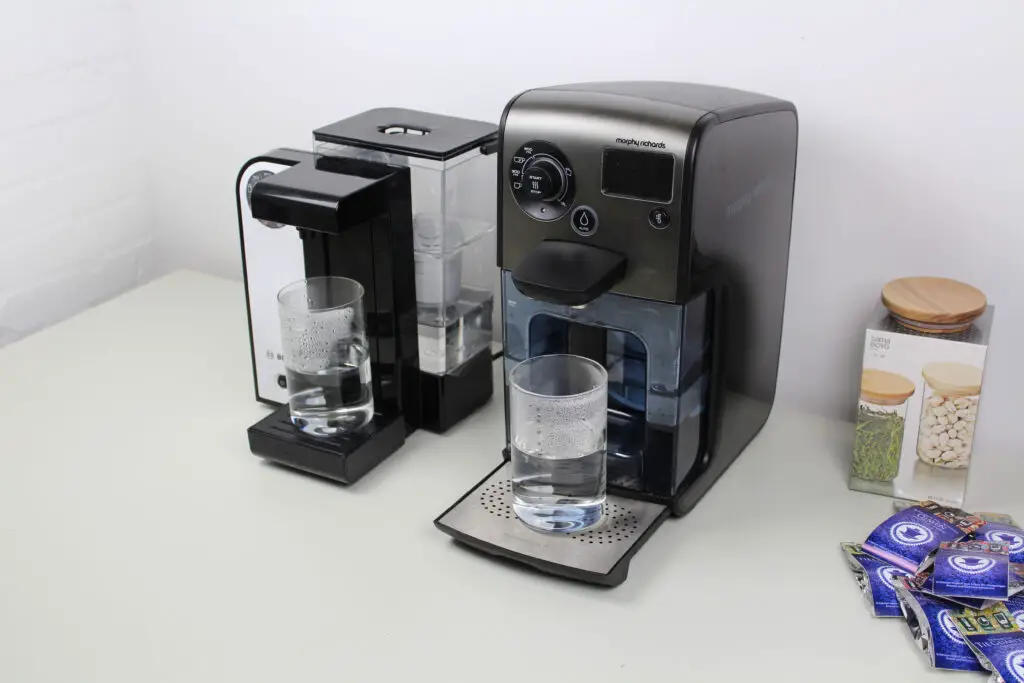
According to Liam Yang, features like auto soap dispensers in dishwashers or auto detergent dispensers in washers are prone to clogs and leaks. These systems rely on small tubes and sensors that are easily disrupted by thick liquids or minor debris. Repairs can be expensive, often requiring disassembly of major components to access the faulty part. When they stop working, they can either under-dispense—leaving dishes dirty—or over-dispense and cause messes.
Despite their appeal, auto dispensers don’t always save time or money in the long run. Users frequently override the system to manually control amounts anyway. If the feature fails out of warranty, you may be stuck manually pouring soap into a high-tech slot. It’s a fancy gimmick that often feels more like a liability.
4. Ice Makers
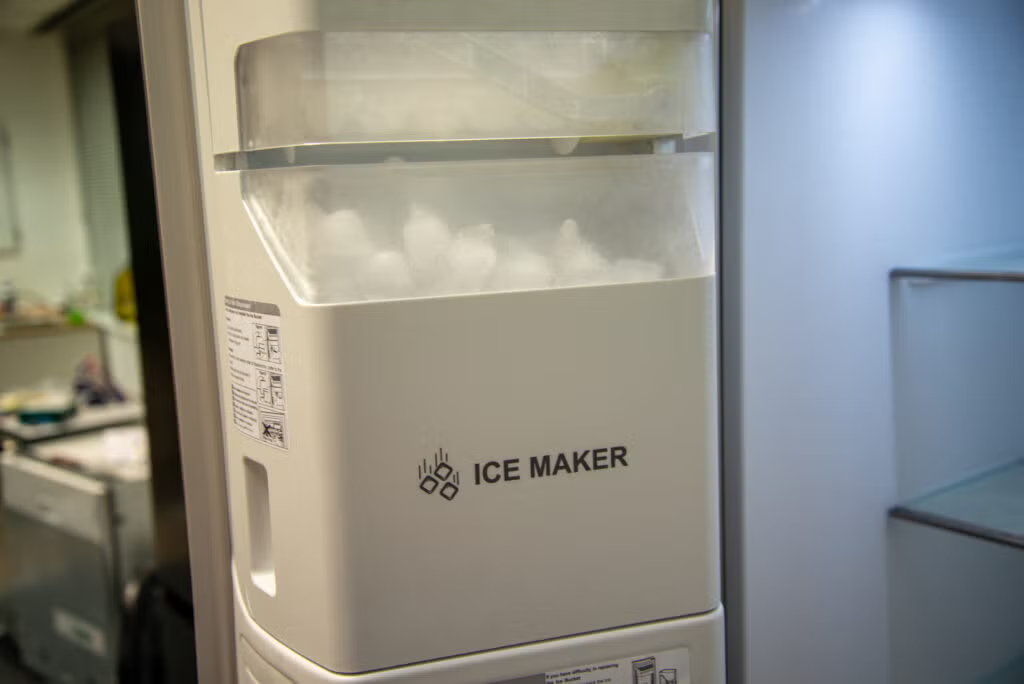
As reported by Forbes, in-door ice makers are one of the most frequently repaired parts of modern refrigerators. These mechanisms are complex, involving water lines, sensors, motors, and freezing elements—all of which can fail independently. Leaks, jams, and temperature issues are common complaints, and fixing them usually isn’t cheap. In some cases, a broken ice maker leads to water damage inside the fridge or even on the kitchen floor.
The convenience of crushed or cubed ice on demand is undeniable, but that perk comes at a cost. Many users find themselves switching to old-school ice trays after repeated breakdowns. Additionally, energy usage increases slightly for appliances with built-in ice and water features. Unless you use ice daily, this is one upgrade you may want to reconsider.
5. Sensor Cooking in Microwaves
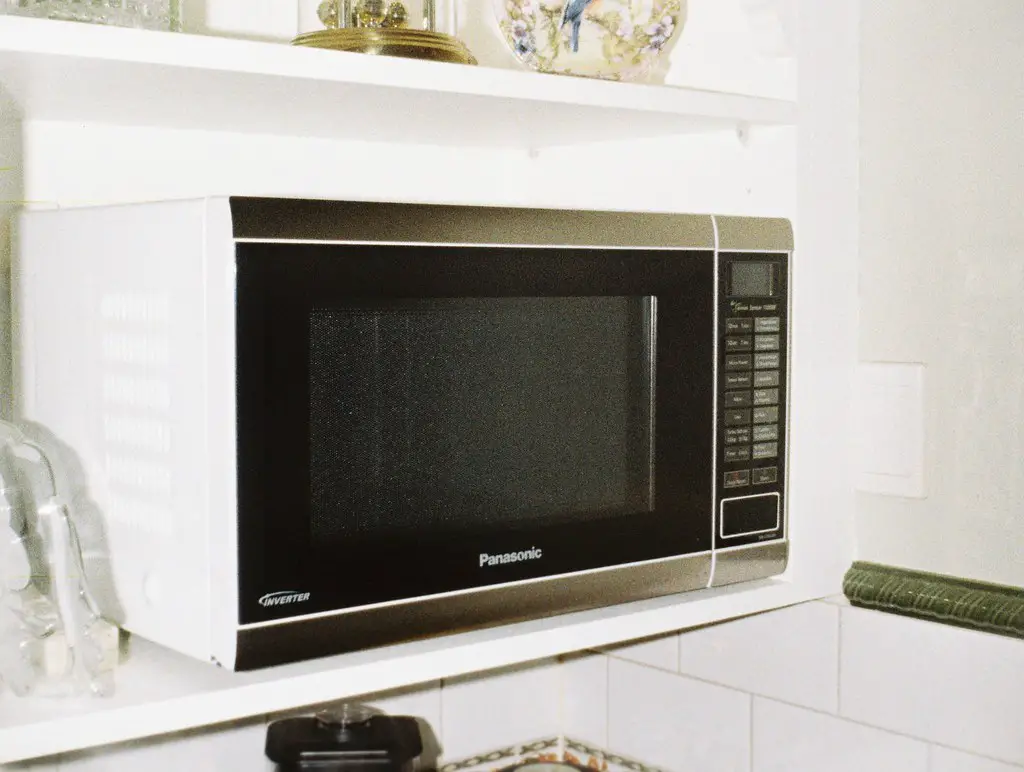
Sensor cooking is supposed to detect humidity and adjust cook times automatically, but it often misreads the steam levels or misjudges the food type. This results in uneven heating, undercooked meals, or overdone edges. Over time, the sensors can become less accurate, making the feature less useful. Replacing these internal parts can be costly, especially if they’re integrated into the control panel.
Many users find they prefer manual controls that offer more consistent results. While sensor cooking sounds like a timesaver, it tends to be unreliable for foods with varying textures or moisture levels. The technology hasn’t quite reached the level where it can truly “think” for you. In the end, you may be paying extra for a feature you’ll end up ignoring.
6. Built-In Beverage Centers
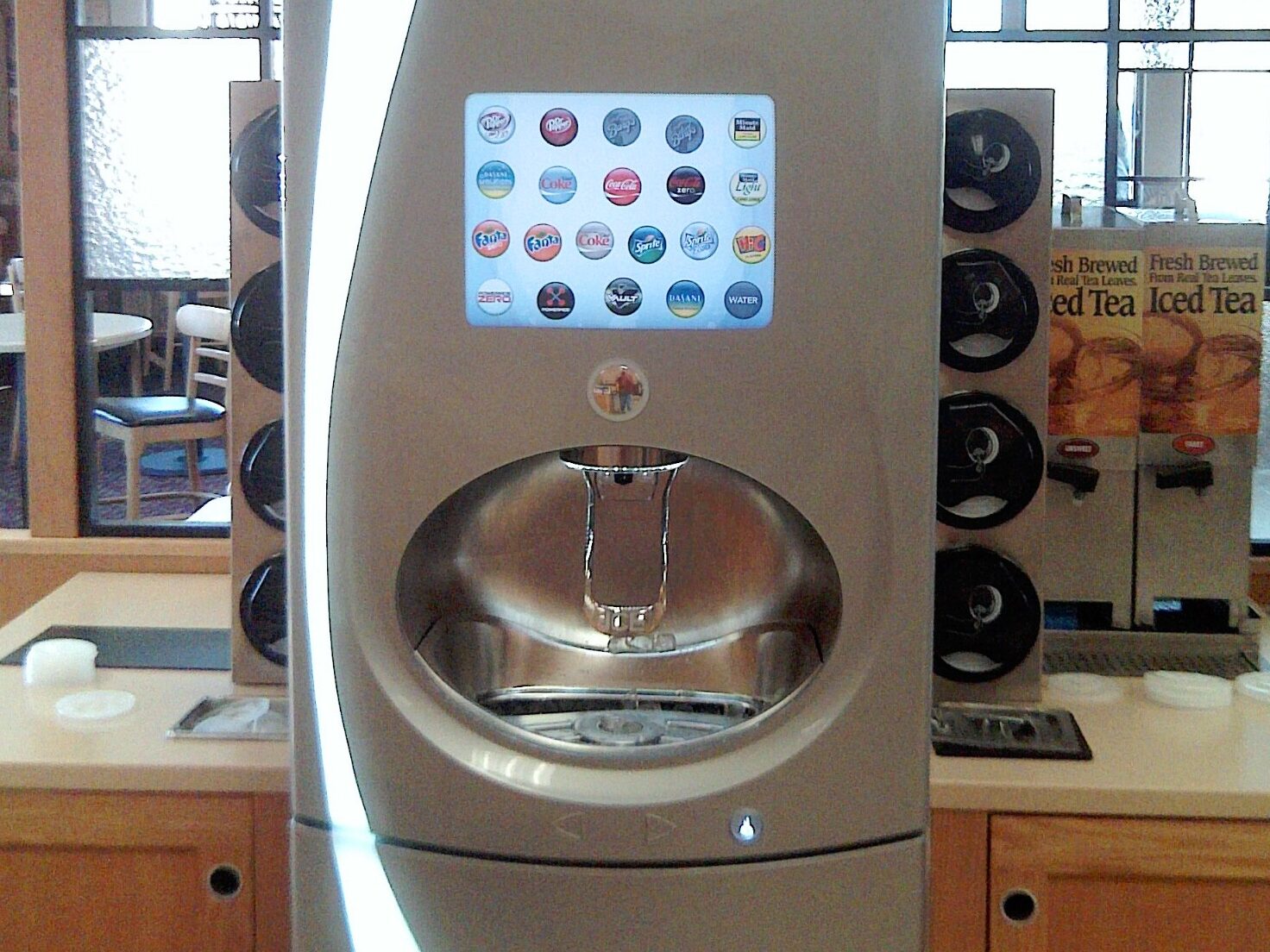
Beverage centers are convenient for those who love cold drinks on tap, but the parts used in these systems tend to wear out quickly. Whether it’s a cooling unit or carbonation feature, repairs usually require specialized technicians. The tubing and reservoirs are prone to mold buildup if not cleaned regularly, which can affect both taste and safety. What seems like a fun party trick can turn into a maintenance headache.
Unlike standard refrigerators, beverage centers use niche components that aren’t widely available. If one part fails, it may be hard to find a replacement without ordering directly from the manufacturer. This often means waiting longer and paying more for repairs. Unless you host frequent events, the extra upkeep may not be worth it.
7. Steam Cycles in Washers and Dryers
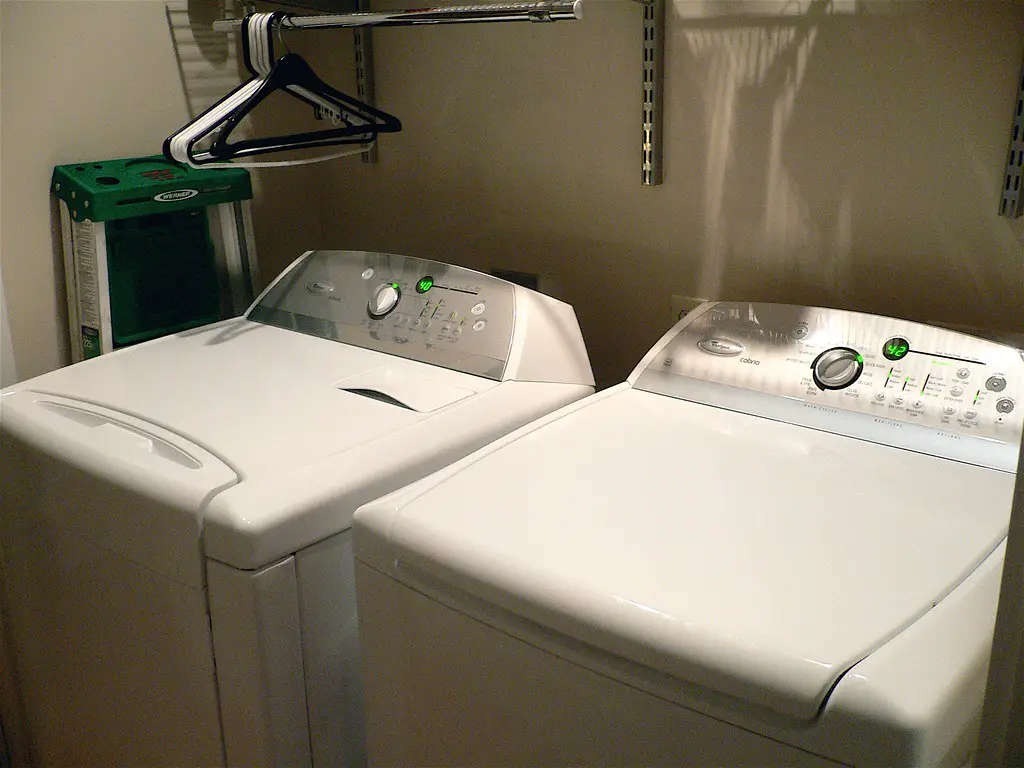
Steam cycles promise deeper cleaning and sanitization but often fail to deliver noticeable benefits. The steam generators in these machines are prone to mineral buildup, especially in areas with hard water. Once clogged, they can stop working entirely or release too much moisture, leading to mildew or rust. Replacing the steam unit can cost nearly as much as a new machine.
Most users find regular cycles clean just as effectively when used properly. The steam function becomes more of a novelty than a necessity. Worse, it may create more problems than it solves if maintenance is neglected. If you rarely use it, you’re essentially paying a premium for a useless add-on.
8. Auto-Open Doors on Dishwashers
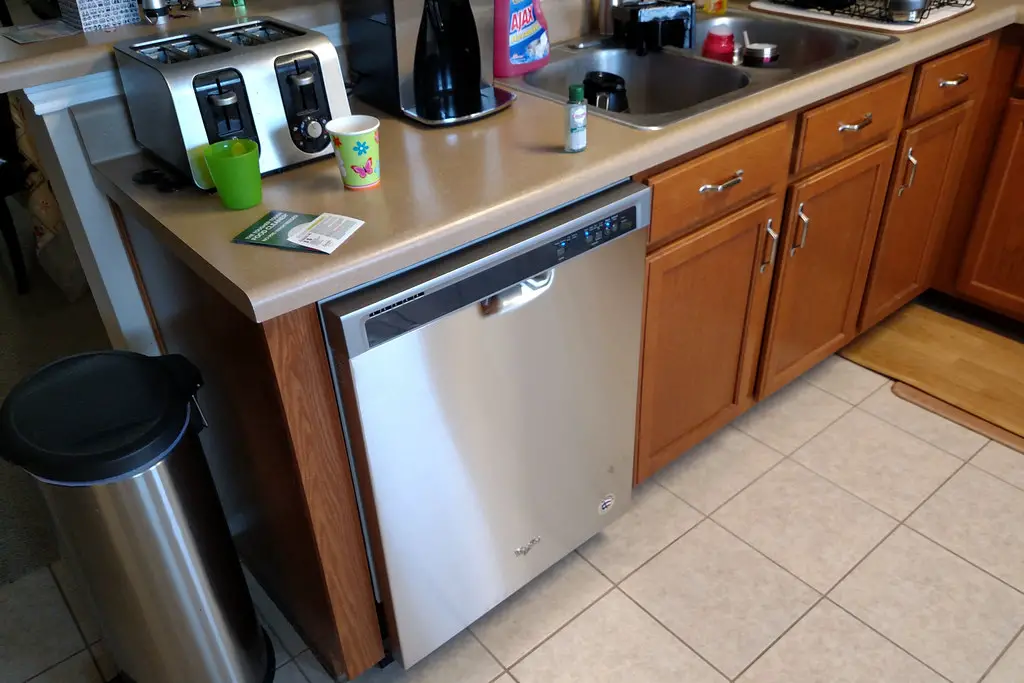
This feature is meant to improve drying by letting steam escape, but the automatic door release can fail after repeated use. Springs and latches wear out, leading to doors that won’t stay closed—or won’t open when they should. When this happens, drying performance suffers and replacement parts are often brand-specific. You may also have to manually prop the door open to finish drying dishes.
Beyond the mechanical failures, the auto-open feature can be startling, especially in small kitchens. Some models open with surprising force, slamming into cabinets or nearby drawers. What seems sleek in a showroom doesn’t always work in tight real-life spaces. In most cases, simply cracking the door open yourself works just as well.
9. Smart Refrigerators with Internal Cameras
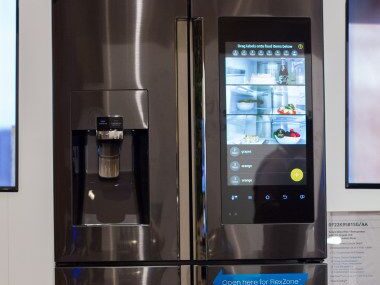
Refrigerators with cameras promise to let you check your groceries remotely, but these components are often poorly positioned and quickly become blocked. Once visibility is obscured by food or packaging, the feature loses much of its value. Camera lenses also tend to get dirty from condensation and spills, making the image quality unreliable. Replacing a broken camera can be expensive and may require a full panel swap.
The concept of seeing inside your fridge from the grocery store sounds futuristic but rarely works as planned. People often find they forget to check the app or stop trusting the images. It becomes yet another digital feature that complicates a basic task. In most households, opening the door still works better.
10. Convertible Zones in Freezers
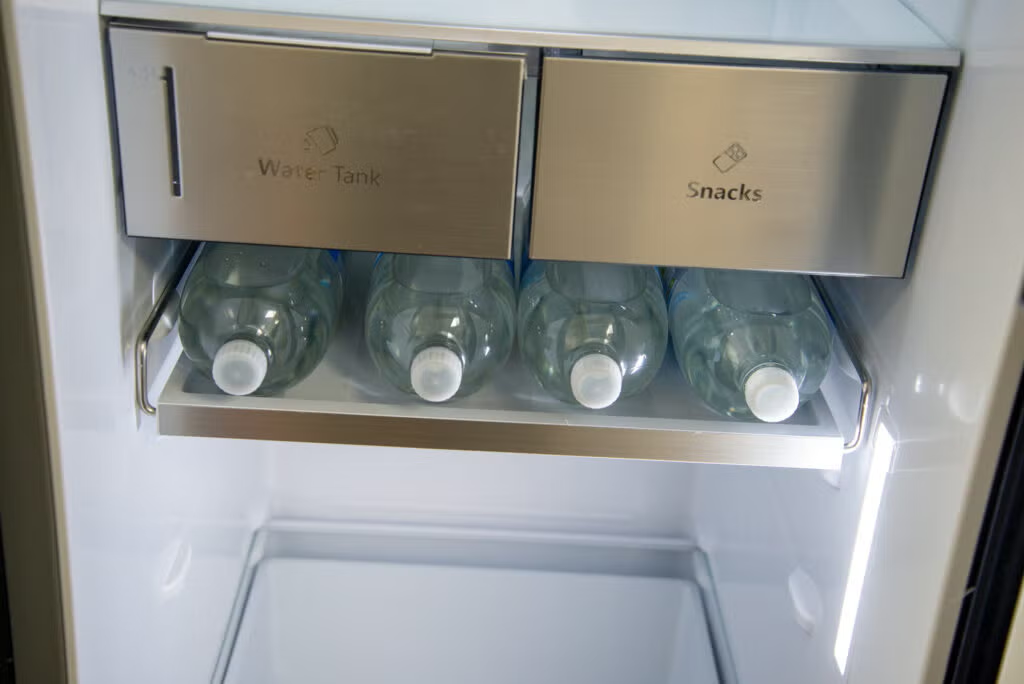
Some newer freezers offer convertible compartments that switch between fridge and freezer settings. These zones are controlled by sensitive thermoelectric components that tend to wear down quickly. If the control board fails, you might end up with food that’s too warm or frozen solid. Repairs are tricky because diagnosis often requires disassembling the interior.
Although the flexibility is appealing for hosting or seasonal changes, the feature introduces additional failure points. Users often find they don’t use the convertible zone as often as expected. When something goes wrong, the cost of fixing it can outweigh the benefit. Simpler configurations usually perform more reliably over time.
11. Automatic Oven Cleaning Cycles
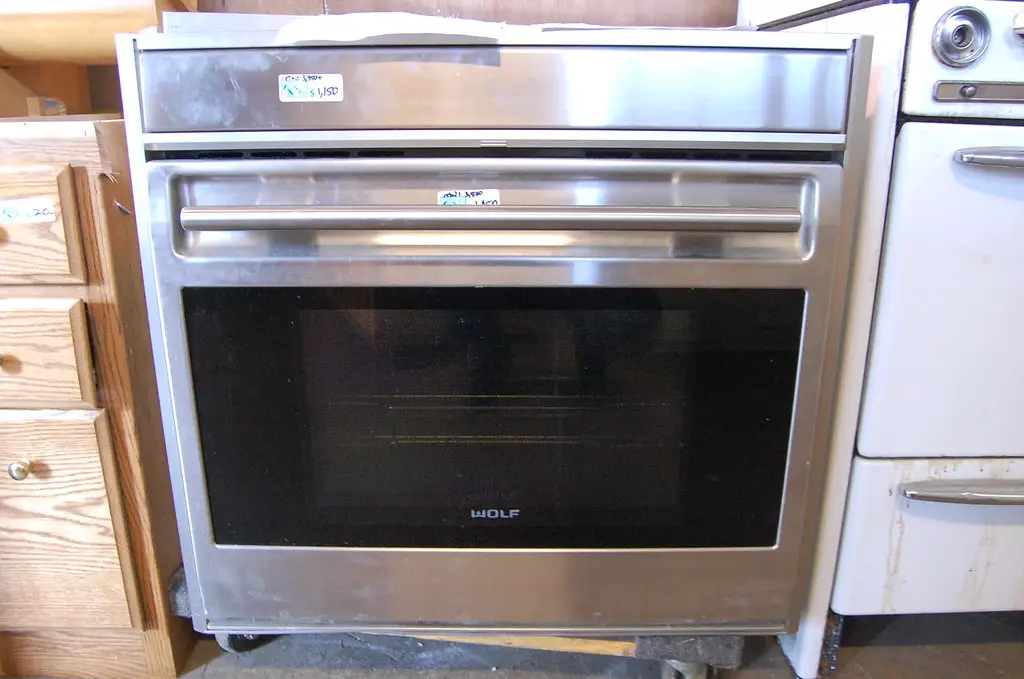
Self-cleaning ovens use extremely high temperatures to burn off residue, but this intense heat can damage internal parts. Door gaskets, control panels, and insulation are especially vulnerable during these cycles. Many appliance repair technicians warn that repeated use shortens the lifespan of the oven. Once damaged, repairs can be costly and leave your oven out of commission for days.
Additionally, self-clean cycles often emit unpleasant odors and smoke, causing issues for sensitive individuals or pets. Users frequently report better results with manual cleaning or safer alternative methods. While the feature is convenient, it may not be worth the wear and tear. Consider using it sparingly if you want your oven to last.
12. Induction Cooktops with Digital Controls
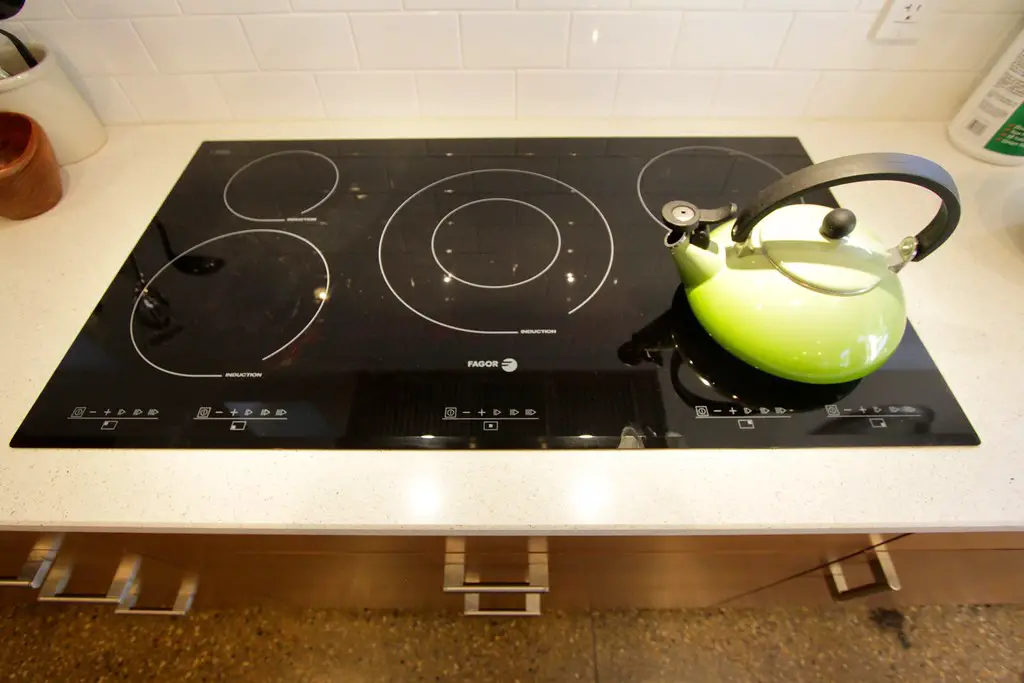
Induction cooktops heat quickly and efficiently, but the digital interfaces are often fragile. Exposure to moisture, grease, and even accidental taps can disrupt their function. If the touch controls fail, you may not be able to use the burners at all. Repairs typically require replacing the entire control panel or circuit board.
Unlike traditional knobs, these controls lack tactile feedback, making them harder to use while cooking. Many users also find the locking mechanisms overly sensitive, shutting the stove off at the slightest touch. While the technology is sleek, it’s less forgiving under real kitchen conditions. For frequent cooks, durability may matter more than aesthetics.
13. Vacuum Sealers
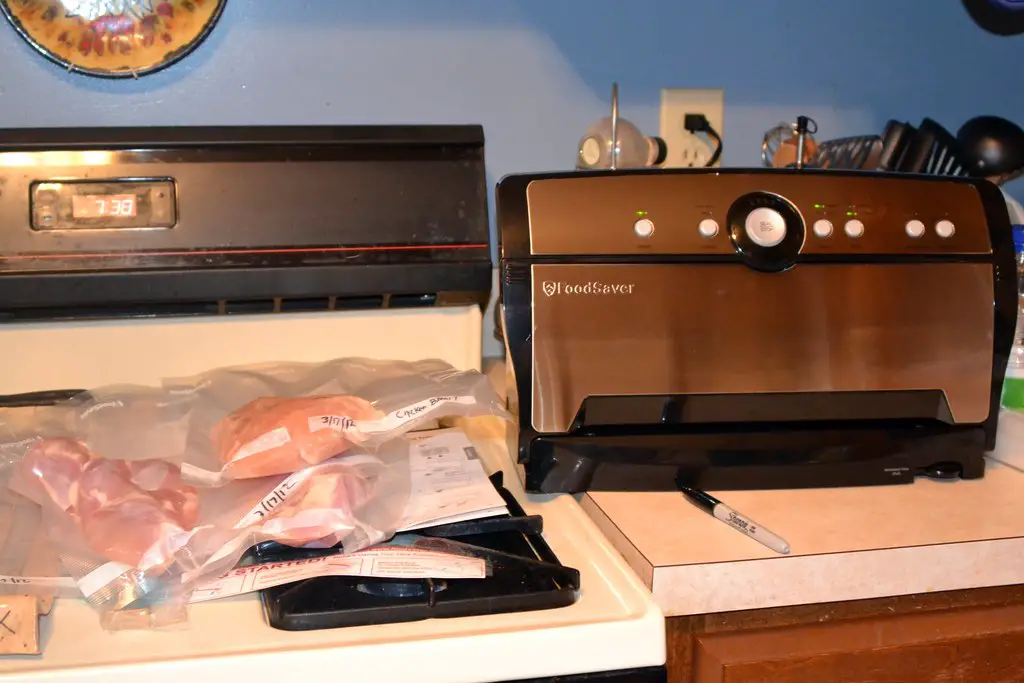
Vacuum sealers built into kitchen counters or appliances are impressive, but the pumps tend to wear out with regular use. Bags can fail to seal properly if the unit isn’t cleaned meticulously, leading to wasted food and frustration. When a part breaks, sourcing a replacement is often expensive and time-consuming. Worse, the drawer itself becomes dead space if it can’t be fixed.
The idea of preserving food longer is appealing, but countertop models usually offer the same benefit at a lower cost. Built-in versions don’t offer significant performance improvements and require more maintenance. Most users find they don’t use it often enough to justify the cost. For long-term value, portable versions are a smarter bet.
14. Voice Control Features
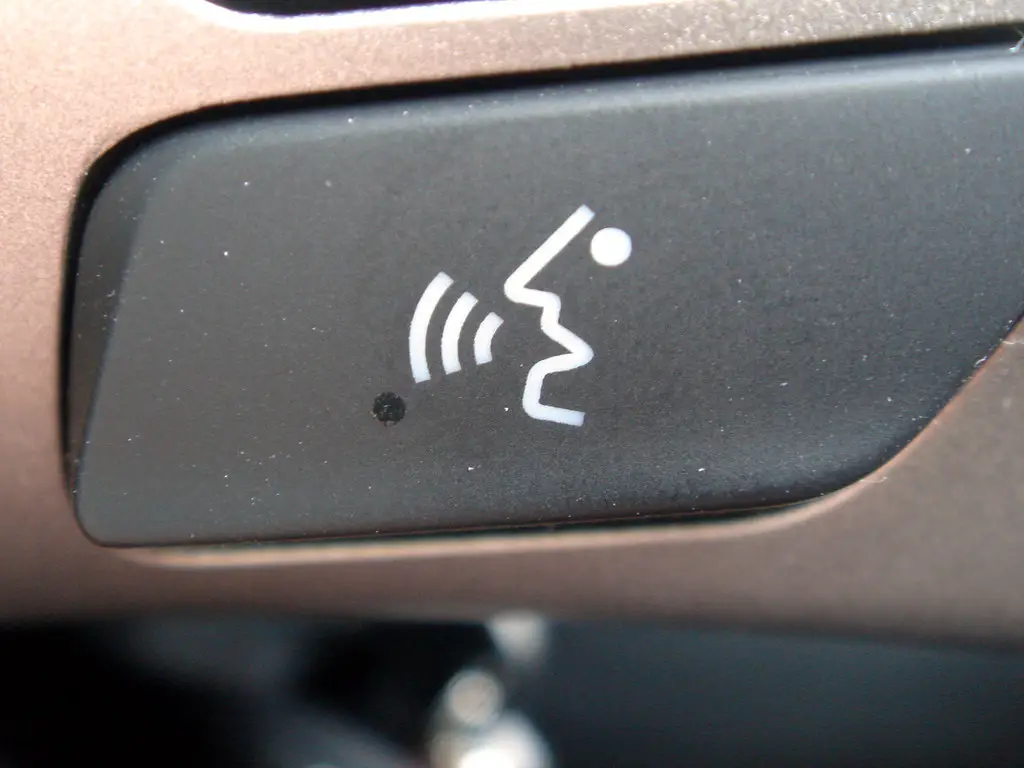
Voice-activated appliances seem like a step toward full automation, but most still struggle with accurate recognition. Background noise, accents, or unclear commands can lead to frustrating misfires. When the voice assistant fails, users are often forced to revert to physical controls anyway. Firmware issues and cloud-based processing also open up new failure points.
These systems require regular updates and a constant internet connection to work properly. If the server goes down or the manufacturer discontinues support, the feature becomes obsolete. Users report abandoning voice features after just a few tries. Until the tech matures, it’s probably not worth the added cost.
